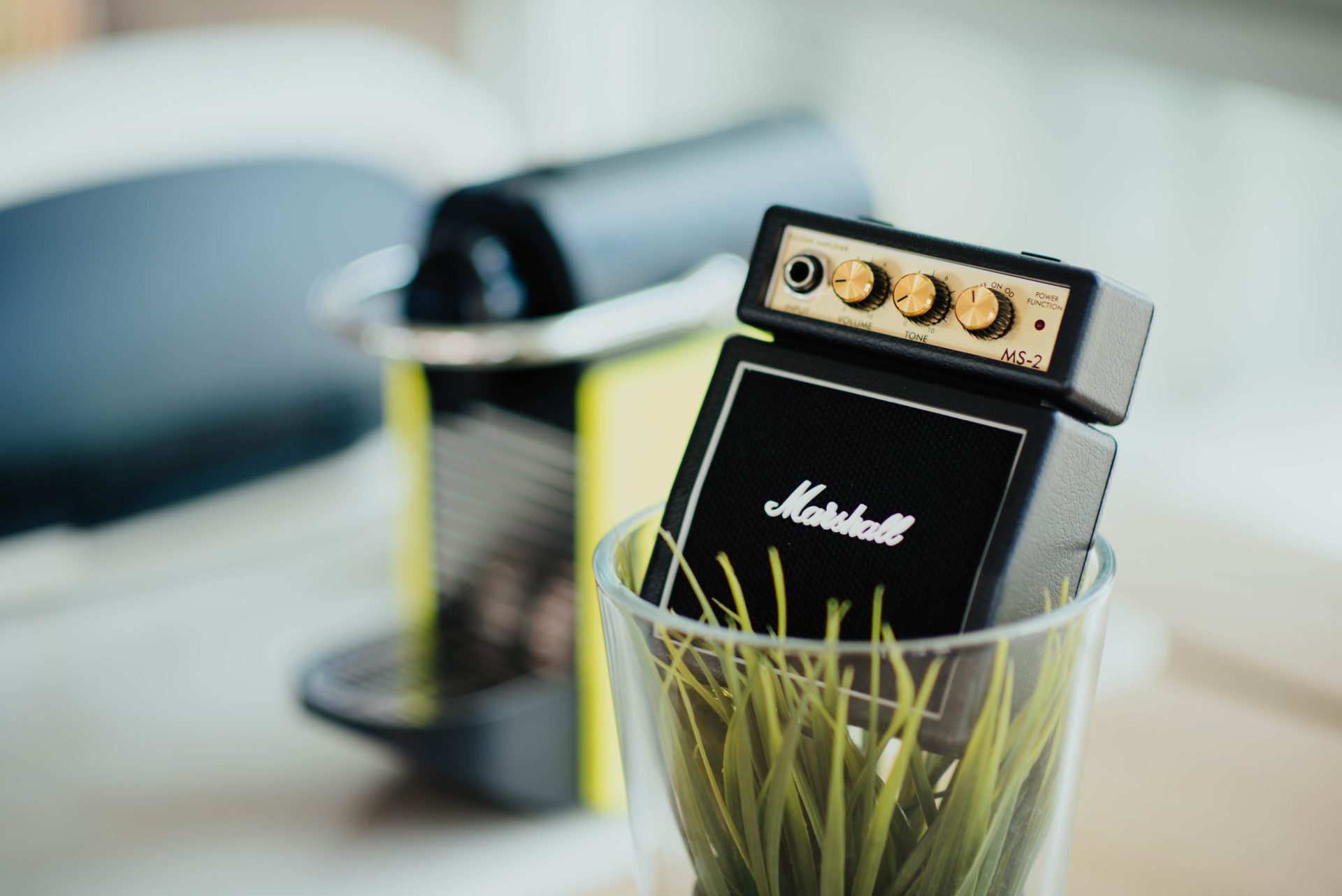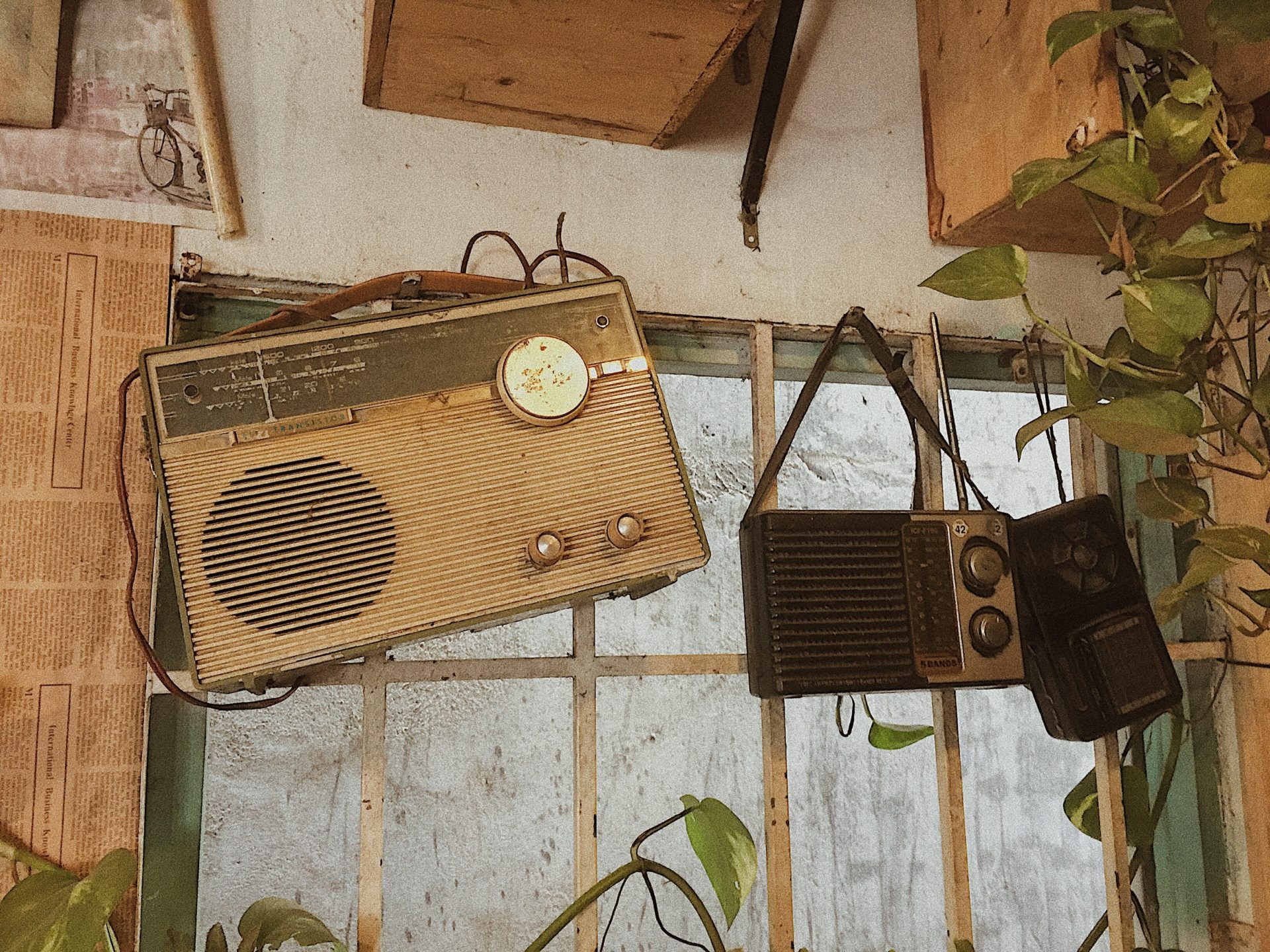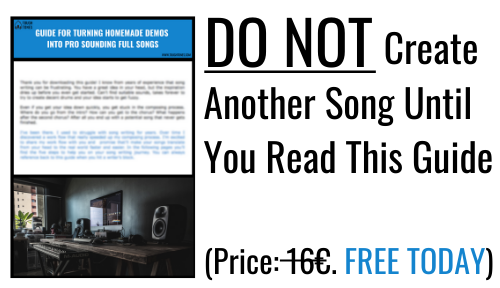Mix in Mono – The Easiest Way to Get a Pro Sounding Mix
Do your mixes sound good in your speakers and headphones, but when changing to somewhere else, the mix falls apart? Then something’s not right with the mix. Are you struggling to get your mixes in balance? There’s only so much room for frequencies in mix, and you have to make everything sound as good and clear as possible. I myself wondered for a long time how to get a professional sounding mix and I kept hearing this “mix in mono” concept, but it sounded stupid so I ignored it.
I used to get frustrated by this. After hours of mixing, I got the mix sounding great in my speakers, but in the car it sounded thin and lifeless. Nowhere near a pro mix, such a drag… What is the best way to tackle this problem?
Mix in mono
Mix in mono. It is hands down the most effective and fastest way to get your mix balanced and transform well to other spaces and sound systems. Why? Because it forces you to make everything sound good and balanced sonically, not spaciously. Que!? Hold the phone, let me explain.
Why to mix in mono?
When you have speakers in front of you (or headphones on your ears) and you start to pan tracks left and right – you can hear them better, right? That’s great and all, but the problem is that nobody’s going to listen to your tracks that way. Nowadays people are using portable bluetooth speakers, laptops, phones and TVs to listen to music. Even if someone were to listen to your song with a good pair of speakers, they wouldn’t sit in the sweet spot (perfectly center) the entire time.

As you’re forced to make everything sound good in mono, it will sound great in stereo too. You have to get tracks in balance without the misleading stereo image. This means you’ll make better volume decisions, better EQ decisions and overall better mixing decisions. You can’t separate the instruments with panning alone, you need to use EQ to make space for them.
How to mix in mono?
How to turn your speakers to mono then? You want to hear both left and right, but in mono, so turning one of the speakers off isn’t an option. What you can do is either press the mono button of your audio interface / controller or if it doesn’t have one, you can turn the signal from DAW to mono. Every DAW has a way to do this, for example Logic has Gain plugin, that allows you to turn stereo signal into mono. Just insert the Gain plugin in your master fader and click “Mono”. In case your DAW has panning pots in master fader, turn them to center.
Using a mono speaker
The better way is to use a mono speaker. This can be a crappy old speaker of some sort, or you can buy a mono speaker, Auratone 5C for example. It is this little cubic speaker and it sounds bad. Auratone is really popular in the studios around the world. It doesn’t have any high or low end, just middle frequencies. Other alternatives are Behringer C50A or Avantone MixCube. I have the MixCube myself and I couldn’t do without it anymore. I spend around 60-80% of my mixing time with that crappy speaker.

The point of this speaker is that you again are forced to get your mix sounding great without any low or high frequencies. As you can only hear the middle spectrum, the problems areas and masking frequencies are easier to spot. For example mixers are often fooled by the low frequencies so we cut too much of the low middle, which is bad because it in fact brings all the energy to the table.
Reference a commercial pro mix
Last but not least, you should reference a pro mix while using your mono speaker. Switch back and forth from your mix to a pro mix that’s similar sounding. This way you’ll instantly notice the problems of your mix and tackle them quickly. Ears are so easily adaptive that referencing to a pro mix is one of the smartest things you can do while mixing.
Summary
To conclude: mix in mono, mix with some sort of crappy speaker that hasn’t got any low or high frequencies and reference to a pro mix. You’ll be amazed how drastically this will improve your mixes. I promise they will translate way better to other sound systems and spaces.
Do you mix in mono and how? Are you going to mix in mono? I’m also interested in finding out whether this post was useful to you. Leave a comment below.
If you find this content helpful, be sure to download my completely free guide 5 Steps to Create Music Faster.

3 thoughts on “Mix in Mono – The Easiest Way to Get a Pro Sounding Mix”